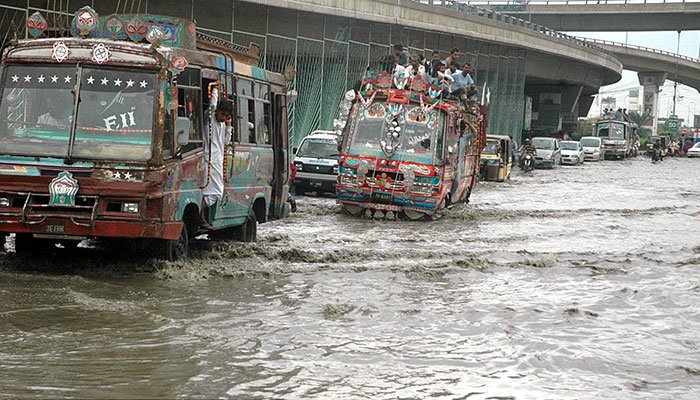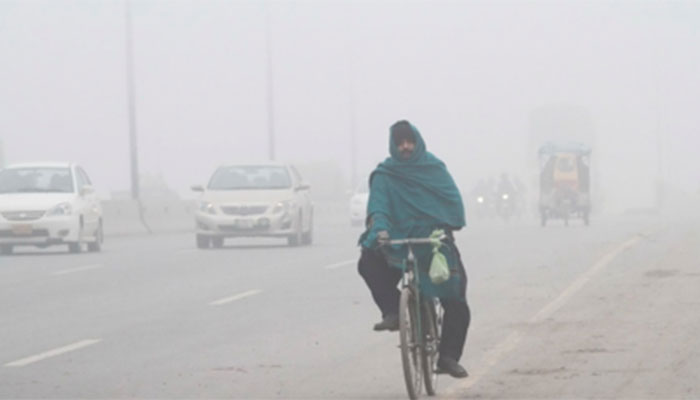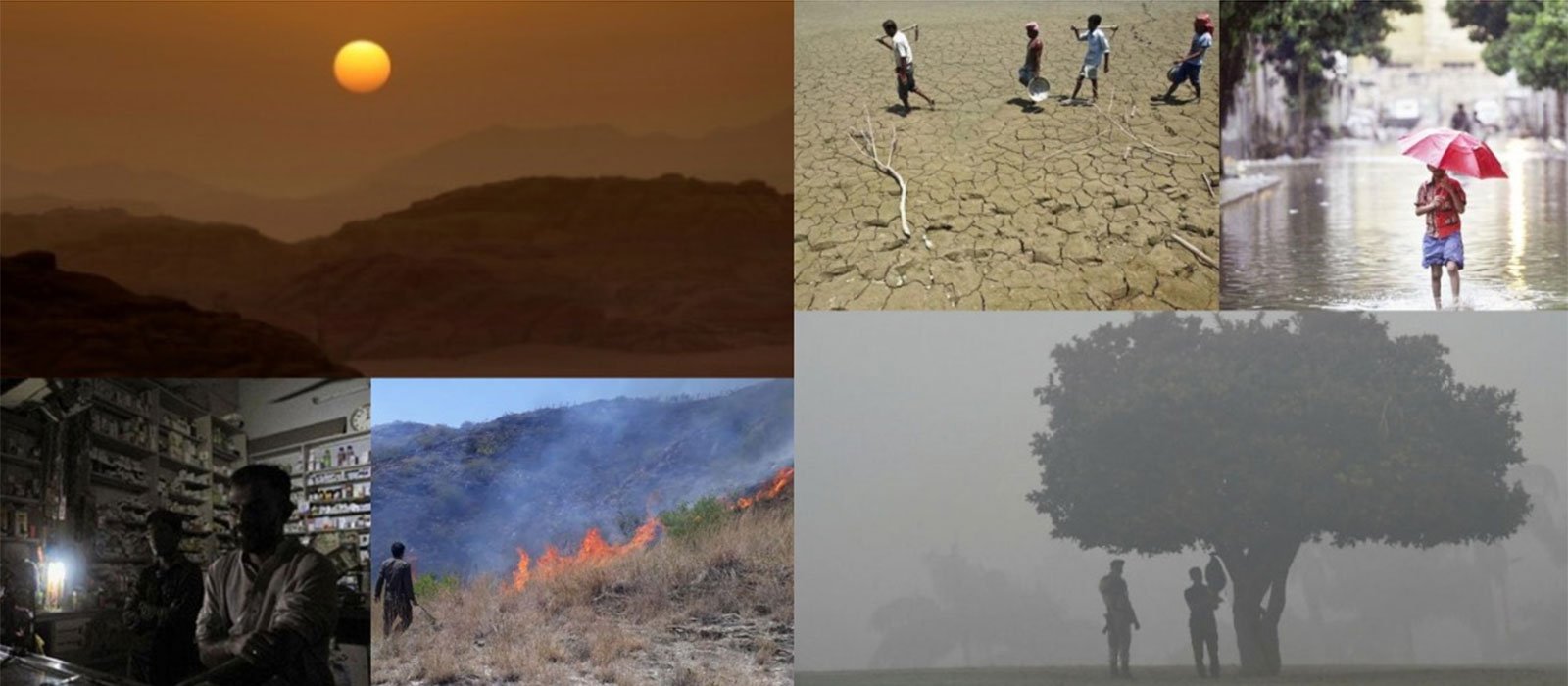2019: The year climate change rattled Pakistan

Not only did the year 2019 usher in several challenges for Pakistan on the socio-political front, climate change also remained prominent among prevalent matters of concern.
Throughout the year, environmental issues rattled Pakistan, which ranks among the top ten countries most vulnerable to climate change, according to the 2018 Global Climate Risk Index.
As climate change became a force to be reckoned with for Pakistan, Prime Minister Imran Khan did not remain oblivious to the challenge it presented.
At his United Nations General Assembly (UNGA) speech, the premier highlighted the environmental threat to the developing countries, particularly Pakistan.
Let’s take a glance at the environmental issues of the outgoing year, 2019.
Pakistanis sizzle at Eid-ul-Fitr
This year, not only Ramzan, but Eidul Fitr also remained quite testing for people across the country, as hot spell reigned the lands.
With humidity dropping under 50 percent most of the time during this summer, temperatures rose to 40 degrees or above.
Not only that, persistent power outages across the country added to the misery of Pakistanis.
Urban flooding, rain-related deaths in Karachi
Intermittent, heavy downpour in the financial hub of the country led to nearly two dozen deaths during the monsoon spell that hit Karachi beginning late July, with most of the victims losing their lives due to electrocution. The rain wreaked havoc on the city's sewerage and electricity infrastructure, submerging some areas while leaving others in darkness.
On Eidul Azha, many areas faced prolonged power outages, with many animals dying of electrocution in torrential rains which left the city hapless.
Monsoon rains led to urban flooding, with drains and canals in the city overflowing and low-lying residential areas submerged in knee-length water.
According to the meteorological department, most rainfall was recorded in Surjani Town at 150.6mm and Gulshan-e-Hadeed at 149mm.

Climate March
On September 20, citizens in more than 20 cities across Pakistan marched to demand that the government develop an urgent climate action plan for the country. In a historic first for the country, the march continued until Sept 27 in a bid to draw attention to a climate emergency.
Dengue scare
In 2019, Pakistan saw a historic raise in the number of dengue cases. Until November this year, the number of cases reported was 49,500 — considerably higher than 2017’s highest tally of 25,000.
Experts said the rise could be attributed to climate change, mutation of the virus, feasible conditions for mosquitoes, rapid urbanisation etc.
Air quality issue
Another climatic demon that reared up its ugly head and got the rightful attention this year pertained to the very air that we breathe.
In major cities of Pakistan, air quality took a nosedive, with Lahore topping the list of global worst rating on the Air Quality Index (AQI) twice in November.
Parts of the city recorded an AQI of 600-800, almost two times the maximum safety limits.
Karachi did not lag behind, ranking second on the global AQI list for worst air quality for a brief period over the year.

Here's how we can do our bit
Dr Zafar Iqbal Shams, who is a researcher and teaches environmental sciences at the University of Karachi, said that Pakistan is at major risk due to climate change despite insignificant contribution to the factors behind it.
Showing optimism on the matter, he said that we can reduce pollution by taking the following steps:
a. By introducing and adopting energy efficient and environment-friendly technologies to reduce the consumption of fossil fuels such as coal, liquid petroleum and natural gas in sectors such as transports, factories, and fuel-fired-power plants to decrease the emissions of greenhouse gases like carbon dioxide, methane, and nitrogen oxide.
b. By introducing zero-sulfur or low sulfur fuel so that more advanced technologies can be adopted in fuel combustion appliances such as transport vehicles.
c. By introducing and adopting massive tree planting programs in the country. However, this should be done in professional way. An ecological trial of every introduced species must be done and invasive tree species must not be planted.
d. To mitigate the effect of urban heat islands, every town and city should have green cover of plants. The principles of urban forestry should be adopted while planting trees extensively in the urban neighborhoods.
e. The exterior walls of each and every building should be painted with lighter colors since dark colors absorb greater solar radiation during the daytime and are main cause of the urban heat island in cities.




